Fuji XF 27mm F2.8 Review: Pancake Lens For The X Series:
If you want something that will produce excellent results all while maintaining a compact form, a mirrorless camera is hard to beat. To match the small size of some of these mirrorless cameras, many manufacturers have built their own version of a “pancake” lens. Fuji has a couple of lenses that are very compact like the XF 18mm F2 but the XF 27mm F2.8 is their first official pancake lens. The truth is, I didn’t have much desire to try this lens when it was first released. It didn’t seem like it had that many qualities that would help it stand out from the rest of the XF lenses other than its compact size. But when I was planning for my trip to Walt Disney World, I wanted a very compact system, so I wouldn’t have to lug around so much gear in a place where there are long lines and a lot of walking. I brought with me a Fuji X-T10, and I decided to give the XF 27mm a try because the focal length was right between a traditional 35mm and 50mm, and therefore, my thought was that this one lens coul get me through my trip. Plus, I thought the ultra compact size would be a great match with the small dimensions of the X-T10. Here are my results from this lens and what I think of it.
Fuji XF 27mm F2.8 Build Quality:
I thought the XF 18mm was small but when I first held the XF 27mm F2.8 (B&H Photo/Amazon), I couldn’t believe its size. First off, it has a small 39mm filter thread, and at approximately 61.2mm x 23mm, this is in every way a true pancake lens. In fact, when I had this mounted to the X-T10, I could fit the camera and the lens easily in my jacket pocket.
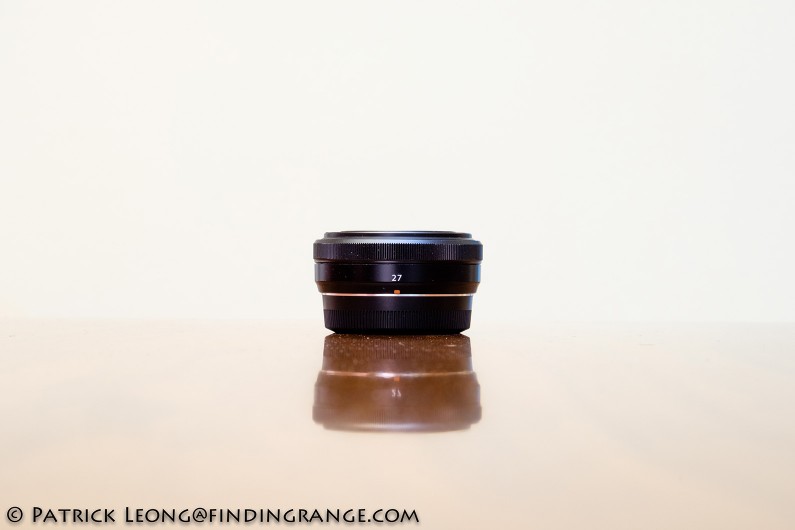
↑ The tiny XF 27mm F2.8.
Now, in order to get this kind of compactness, a few things had to be sacrificed, and one is a lens hood. Personally, I am glad they did not include a lens hood because it would really ruin the beauty of this lens. It’s meant to be as compact as possible, so to me, it just doesn’t make sense to add something that would make this lens longer. For the most part, I didn’t feel like I needed a lens hood either as I didn’t have issues with flare.
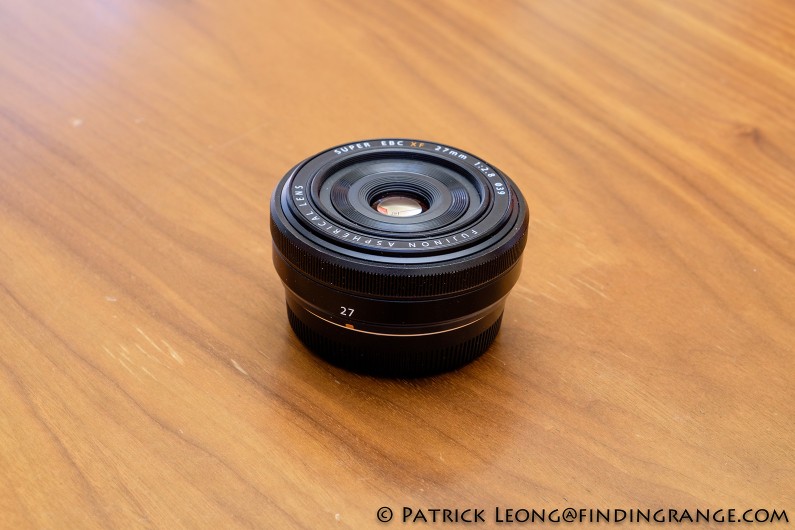
↑ Another view of the XF 27mm F2.8.
The other sacrifice was removing the aperture ring. Now, this kind of bothers me a little bit because personally, one of the biggest reasons why I am a fan of the X Series is because controls like the aperture, shutter speed, and even focus (if you do manual) are analog and therefore, easily manipulated with my fingertips. Instead, aperture is changed electronically by the camera’s control dial. This can sometimes feel a little slower because there is a slight delay on the LCD screen as you change the aperture, and I’ve accidentally changed my aperture settings a few times by the camera bouncing as I walk while it was around my body. But overall, this wouldn’t deter me from purchasing this lens because I simply love the size of it.
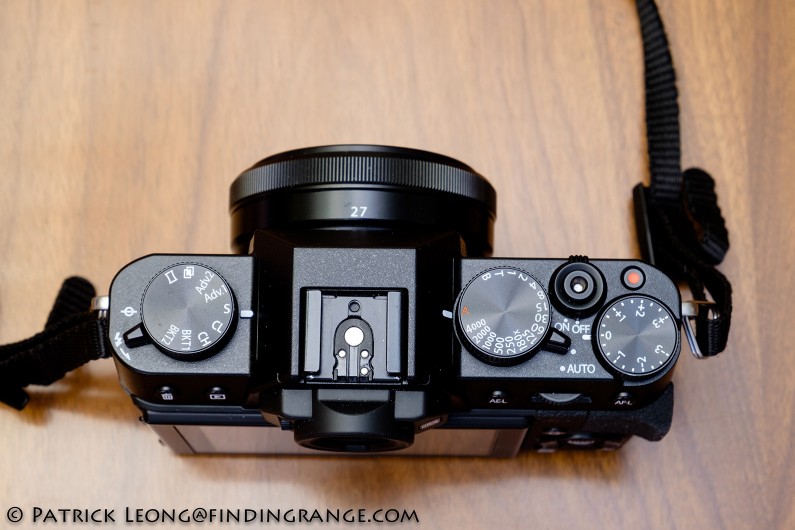
↑ The XF 27mm F2.8 mounted on the X-T10.
In addition to being so compact, the XF 27mm F2.8 weighs only 78g, which makes it the lightest X Series lens but don’t let its light as a feather weight fool you; this is actually a well built lens. I wouldn’t say it was built as well as some of the newer lenses from Fuji like the XF 90mm but it’s definitely a step above lenses like the XF 35mm F1.4 or the XF 18mm. There are absolutely no creaks, no rattles or any of that hollow feel that plagued some of the first generation lenses. Overall, you are getting a very solid lens and to top that off, you also have a choice between black or silver.

↑ Front view of the XF 27mm on the X-T10. This is such a wonderfully compact and capable setup.
The only real complaint I have is I find the lens cap a little cheap. This is the same lens cap that comes with the XF 60mm F2.4, and it is a pinch type; however, the spring action never feels that tight when it is on the lens. I was sometimes nervous when I had the lens cap on because I was afraid a simple bump would pop the lens cap off, especially in Disney where there are so many people. But this is easily solvable by either being a bit more careful or by buying a spare. However, a spare can cost over $30, so another option could be to buy a generic 39mm cap that costs just a few dollars. I actually purchased one when I owned the XF 60mm F2.4, and best of all, the spring action was a lot better.

↑ The lens cap for the XF 27mm F2.8.
Fuji XF 27mm F2.8 Autofocus:
As for the autofocus, the XF 27mm F2.8 (B&H Photo/Amazon) uses a high-torque DC coreless motor to focus. The motor is not silent, and therefore, definitely not as quiet as some of the newer lenses like the XF 35mm F2 but in practice, I did not find the noise a big deal at all. I don’t think anyone around me even heard it. I was walking everywhere with this lens, and no one seemed interrupted by me taking pictures. This is good because part of the appeal of this lens is that it makes a great street lens considering it’s size, speed and focal length. For the most part, the autofocus is also very fast and accurate. I tried it in all different lighting conditions and I was very happy with the results.
Fuji XF 27mm F2.8 Image Quality:
One would think that image quality might suffer greatly considering how compact the XF 27mm F2.8 is but it actually doesn’t. This lens definitely produces some fantastic images with decent contrast. Color-wise, I feel like this lens is a bit neutral, which isn’t bad or anything. Distortion is pretty much a non-issue as well.
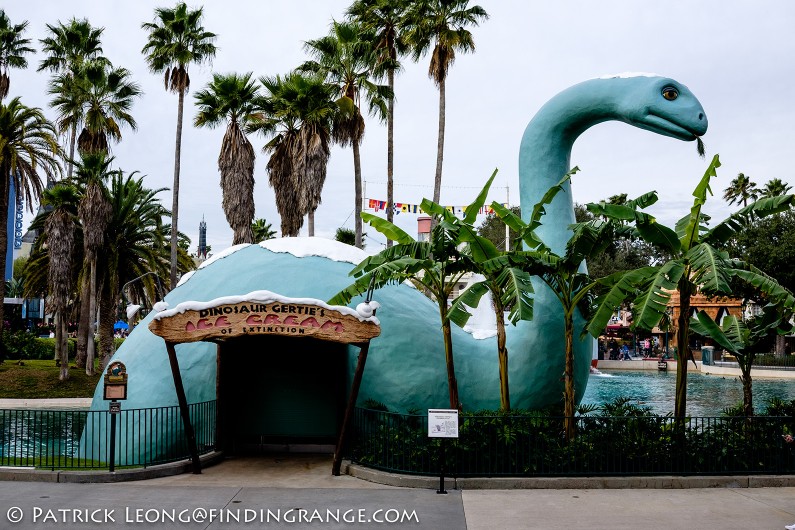
↑ This was taken at F5.6.
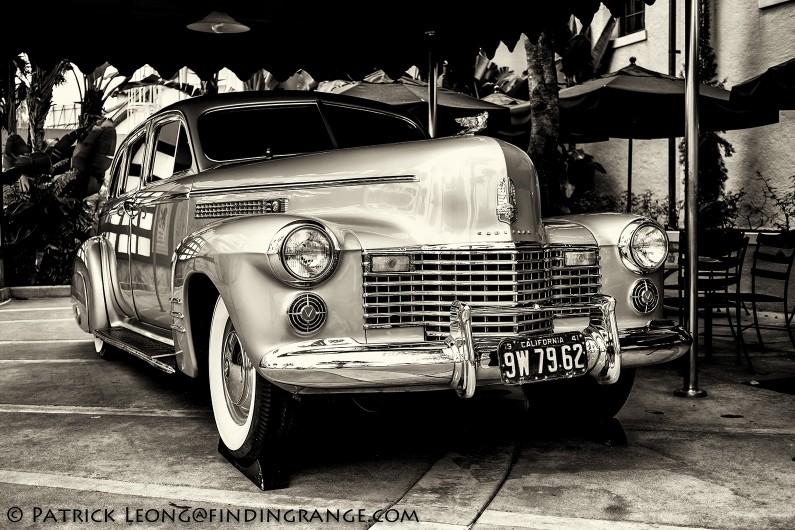
↑ This was taken at F2.8. As you can see, this lens is very sharp wide open.
As for sharpness, this lens can definitely resolve the finer details. It is very sharp in the center when used at F2.8, and while the corners might not match the center in sharpness, in practice, it’s not a big issue at all. Overall, you shouldn’t have any problems using this lens throughout its aperture range. Plus, as you stop it down, the corners sharpen up. Around F5.6, the whole image is pretty much sharp and you can resolve every little detail. Before I used this lens, I really didn’t know what to expect. But I have to say, this may not be something like the awe-inspiring XF 90mm for instance but then again, it’s also not nearly as large either. The XF 27mm F2.8 (B&H Photo/Amazon) will have no problems whatsoever getting the job done. I am pleasantly surprised at how this little lens performed, and I am super grateful for the size as well.
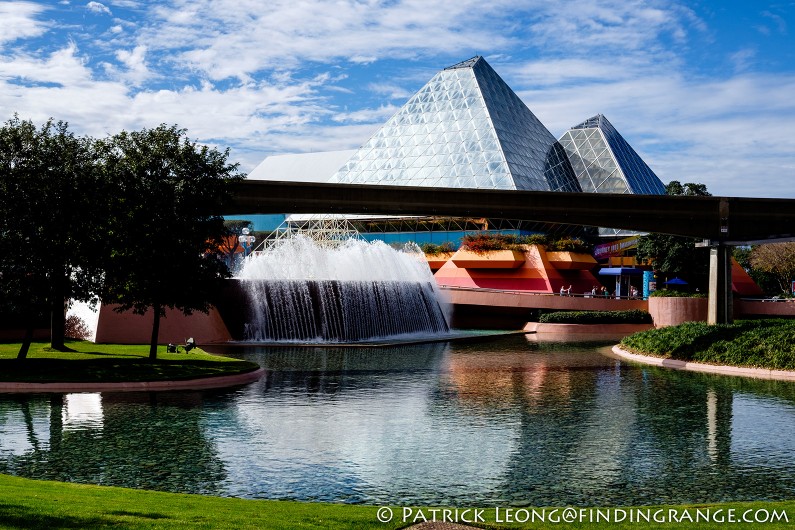
↑ This was taken at F8.

↑ This was taken at F2.8. This was a moving dragon that breathed fire, and the XF 27mm F2.8 nailed the focus.
As for flare, some might worry about this issue considering the XF 27mm F2.8 does not come with a lens hood but as I mentioned earlier, flare was a non-issue for me. I used this lens in many different types of conditions, and I didn’t get one picture with flare. Unless you are adamantly trying to flare the lens, this issue shouldn’t be a problem.
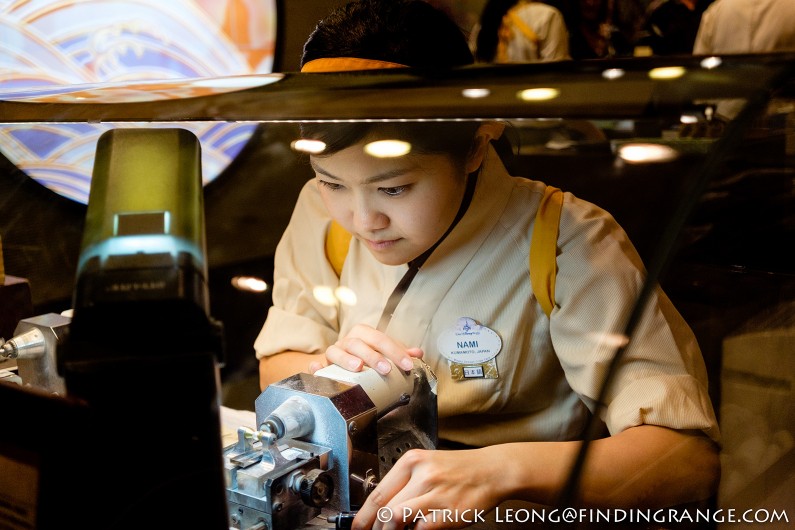
↑ This was taken at F2.8. You can get really close with this lens because most people either don’t notice it or think it’s a “non-pro” lens, especially when you mount it on the ultra compact X-T10.
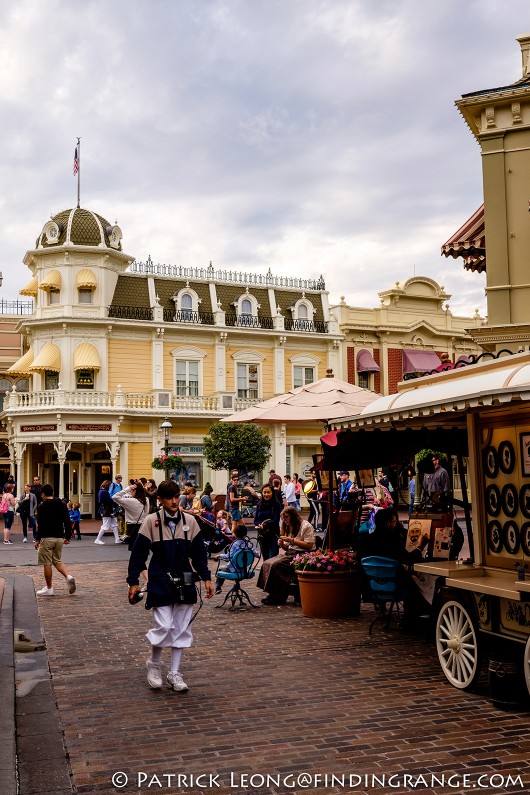
↑ This was taken at F7.1.
Fuji XF 27mm F2.8 Bokeh:
Realistically, I don’t think one buys this lens for the bokeh. While the XF 27mm F2.8 isn’t an ultra wide, it’s still a wide angle lens with its largest aperture being F2.8, which is definitely not a recipe for ultra shallow depth of field. With that said, I have included some images taken at F2.8. Bokeh is definitely a personal preference but to me, I don’t think this lens produces the best bokeh that Fuji has to offer. I don’t think it’s bad; I just don’t think it’s anything special. There are definitely other lenses in the X Series system that produce better bokeh in my opinion.
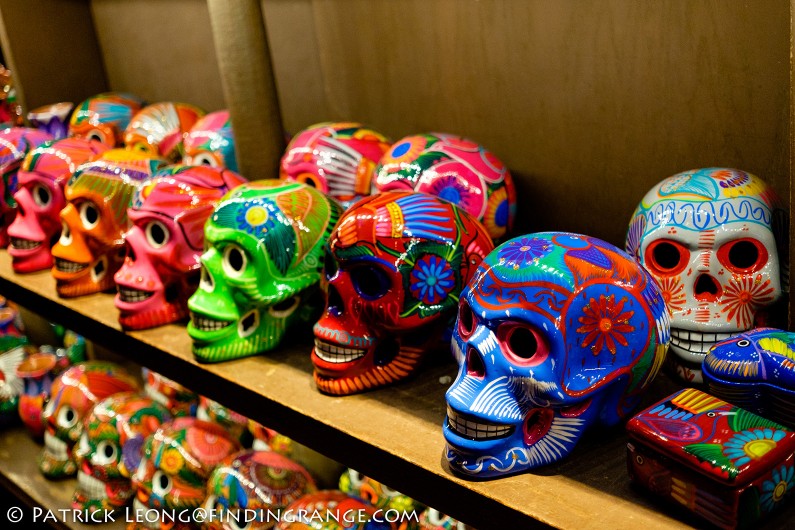
↑ This was taken at F2.8.
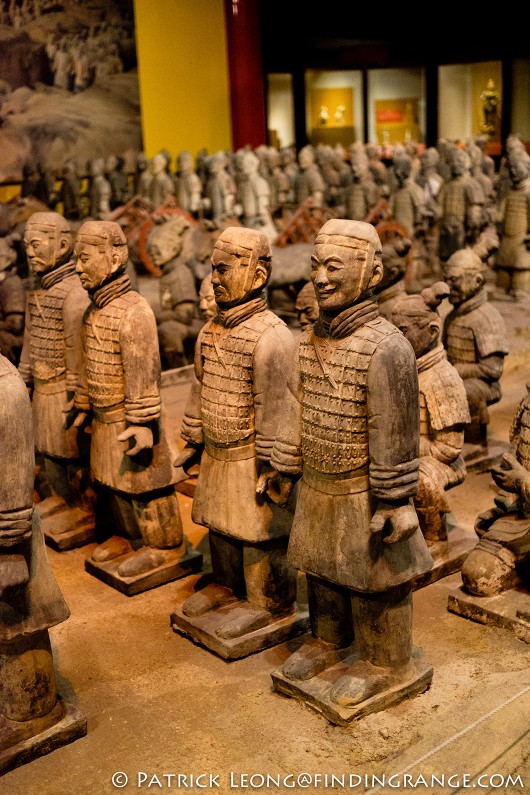
↑ Here is another photo taken at F2.8.

↑ Here’s one more taken through a glass window at F2.8.
Fuji XF 27mm F2.8 in Use:
In a way, the focal length of this lens makes it kind of an odd ball, and I’m sure there are some that don’t know if they can work with this lens because of it. When I went to Disney, I only brought this one lens, and for 95% of the time, it was all I needed. I found myself loving this focal length. I’ve never been a huge 35mm fan, and the 50mm focal length has always been my favorite. But sometimes a 50mm just isn’t enough yet I feel like a 35mm is too much of a compromise for me. It’s not an ultra wide yet if you use it as a standard lens, the perspective isn’t quite right either, at least to me.

↑ Here’s a photo taken at F8.

↑ Here’s one taken at F2.8.
The XF 27mm F2.8 (B&H Photo/Amazon) goes basically right in the middle of both these focal lengths, and it really works for me. My trip included taking pictures of landscape, candid, “street” (as much as I can technically do in Disney), and even action. For the most part, this lens really excelled in all these categories except maybe action. With action, the focus was fast enough but there were instances where the focal length just wasn’t long enough. Overall, I really liked working with this focal length, and if I owned it, this would probably be one of my most used lenses.
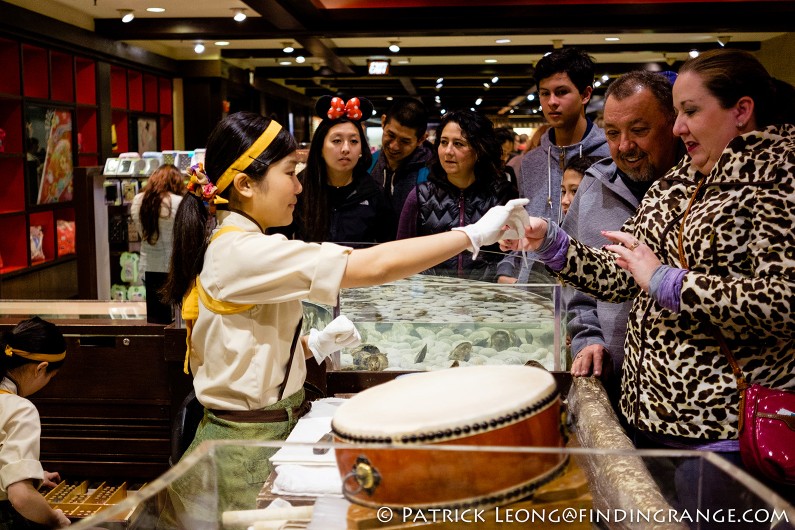
↑ Again, this lens is great for candids; this was taken at F2.8.
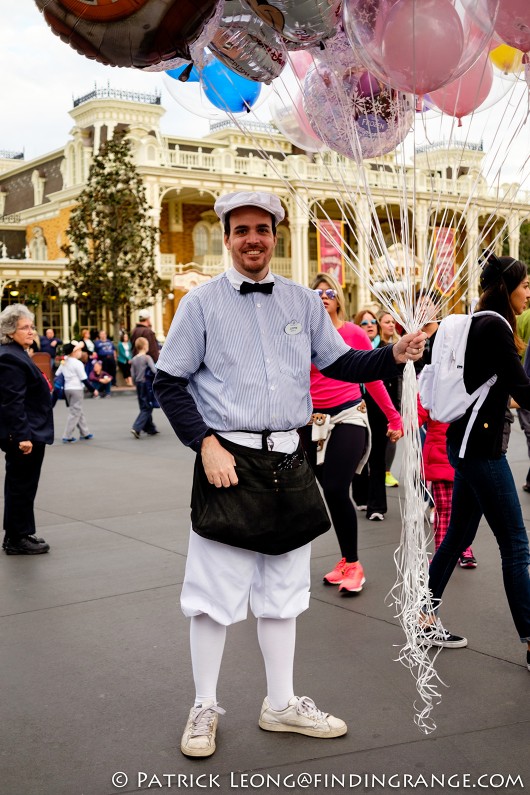
↑ This was taken at F2.8.
As for the F2.8 aperture, I do wish it was faster by maybe an extra stop not because I want a shallower depth of field. I just want more light gathering capability. But truthfully, it’s not worth increasing the size of this lens, which to me, is near perfect. Overall, I was still able to take pictures in very dimly lit areas, as you can see from my examples.
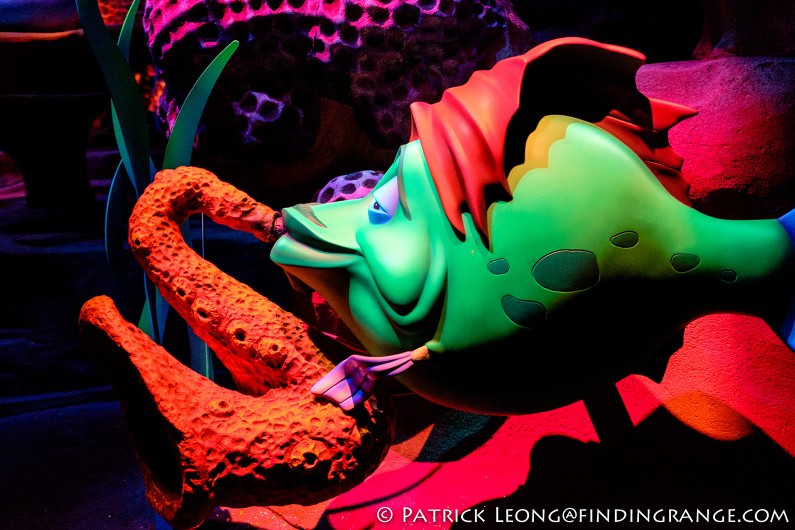
↑ This was taken in a very dark setting in a ride as well yet I had no problems with the focus. This was taken at F2.8.
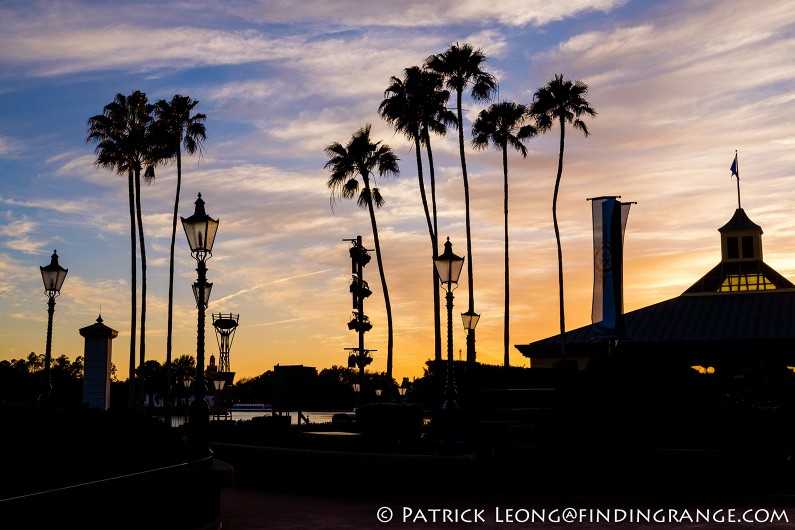
↑ This was taken at F8.
Fuji XF 27mm F2.8 Pros And Cons:
Fuji XF 27mm F2.8 Pros:
- Ultra compact.
- Lightest lens in the X Series system so far.
- Well-built.
- Fast and accurate autofocus.
- Great image quality.
- Absolutely great street lens.
- Excellent all-rounder for a variety of subjects.
Fuji XF 27mm F2.8 Cons:
- No aperture ring.
- Not a fan of the lens cap.
Fuji XF 27mm F2.8 Verdict:
Overall, I had a great experience with the XF 27mm F2.8 (B&H Photo/Amazon), and I would highly recommend it to anyone who is looking to carry an ultra light system. I loved using it everywhere. There are sacrifices that you will have to make for a lens like this; for instance, there is no aperture ring, and at F2.8, bokeh fans may not be too happy. Plus, you may have to be a little more creative when it comes to very dimly lit areas. I also don’t feel like it is the most groundbreaking lens optically that Fuji makes but what does that really mean? Well, all it means is that it might not have helped move the X Series line a step forward like the XF 90mm or the XF 56mm but you’re still getting excellent image quality. Plus, you are getting something that neither of those lenses offer: extreme portability and versatility. In my opinion, that’s what makes this lens special. Plus, the light gathering capabilities are still decent, and it focuses fast.
The XF 27mm is exactly what a pancake lens should be: its size will make you want to take it everywhere with you, and its focal length makes it flexible enough to shoot a variety of subjects, such as, portrait, landscape, street, candid, and architecture. It also serves as a superb snap shooter lens. Personally, I would choose this lens over the XF 23mm F1.4. At $449, the list price may seem a little steep when you consider how excellent the cheaper XF 35mm F2 is in build and optics but if you want something ultra compact and a superb all-rounder, it’s hard to beat the XF 27mm F2.8.
Thanks for taking the time to read my review. If you’re considering purchasing the XF 27mm F2.8, and my review helped you decide, please help support this site by purchasing from any of the links below or around this site. It will not cost you anything extra. Thank you for your support!
Fuji XF 27mm F2.8 at B&H Photo: black or silver
Fuji XF 27mm F2.8 at Amazon black or silver
Fuji XF 27mm F2.8 at Adorama black or silver
Own the XF27mm or thinking about getting one? X-T10? Feel free discuss it down below in the comments section!

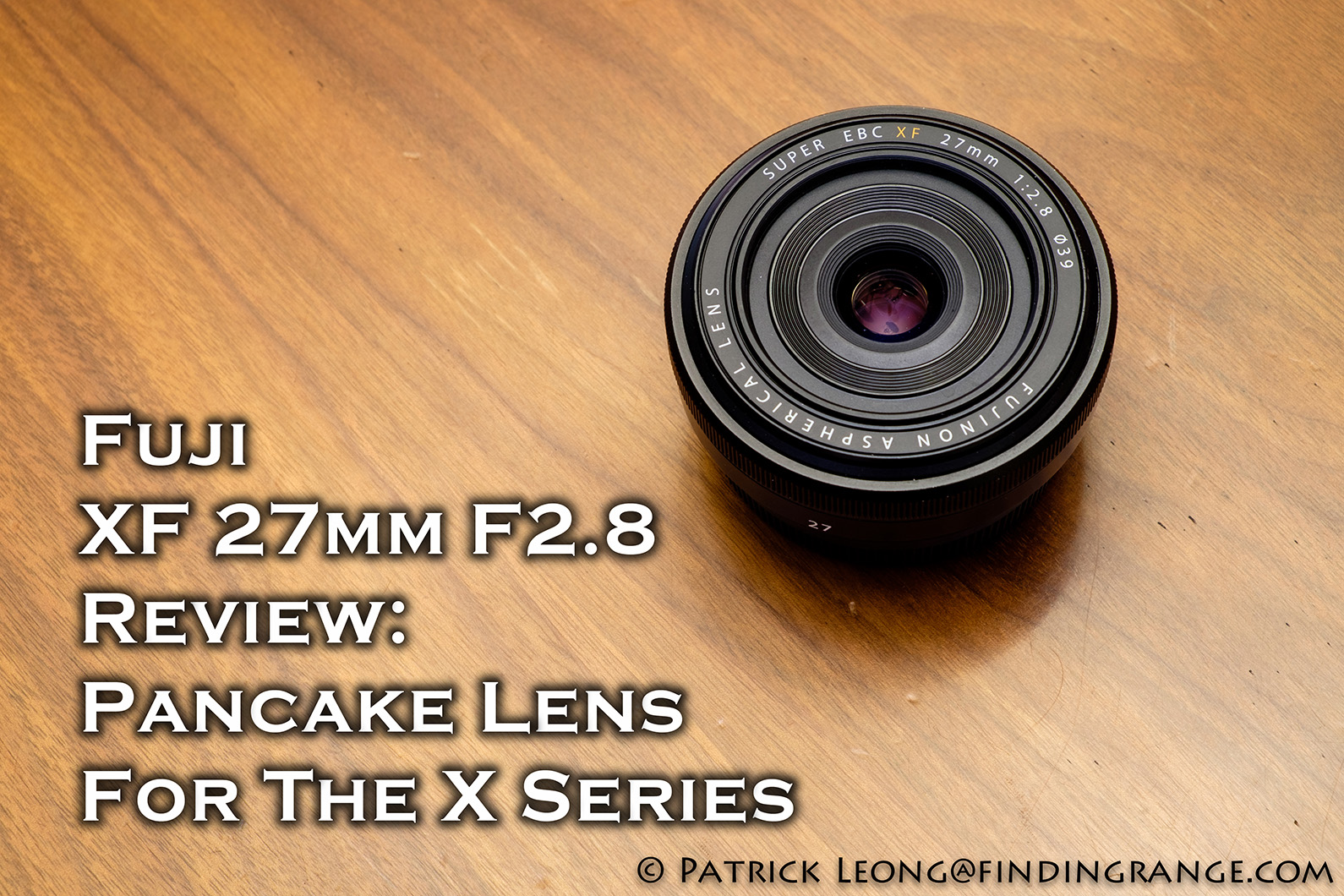
Hi Patrick
thank you for this very interesting review ! I have always found this lens appealing due to it’s small size, great image quality and focal lenght. BUT I don’t have any of the XF 35mm and I think they are better than this one. What do you think about this ?
Cheers
Hi gnondpomme,
Thanks for taking the time to read my review! If it was between this lens and one of the XF 35mm lenses, I’d probably go for one of the XF 35mm lenses first as well:). But this lens is definitely handy; it’s hard to beat the sheer versatility of it. Optics are great, the autofocus is decent, the focal length can capture a variety of subjects, and of course, it’s tiny. Truth is, if I owned this lens, I would probably use it more than my XF 35mm. Too bad I already missed the rebate on it lol.
Best regards,
Patrick
Thanks for the review Patrick , i had one of these lenses and sold it to a mate and was impressed by the images he is getting with it , so i bought another one used but mint .
Looking forward to using it maybe this weekend as i just got it tuesday.
I like the honest review and the pics too thanks for taking the trouble.
More power to you.
Hi John,
Thanks for the kind words and for taking the time to read my review. This is a really nice lens, definitely comes in handy. Great to hear you were able to find one in mint, and I hope you enjoy using it this weekend. I may pick one up myself in the near future. I’m kind of sorry I didn’t go for it a few months back when there was a big Fuji rebate on it :). Thanks again for stopping by,
Best regards,
Patrick
Lots of interesting stuff on your site recently. With the new 24mp sensor the fuji system is even more interesting so i am glad to get info on lenses and i always appreciate your thoughtful reviews.
This lens is interesting. I like the IQ and the compact size. I shot with the 55mm lens on the Pentax and i think it comes close to this focal lenght. I agree that something right in between 35 and 50 is a very good do it all focal length. The color is also great with the right lighting conditions. Look at the image of the green fish – wow.
Thanks, Elderin! I’m glad to see you around here all the time, and it’s always great to hear from you. I am definitely looking forward to trying out the X-Pro2. It is Fuji’s first big change in terms of sensor design, so that should be very interesting.
Yes, this lens is very interesting. I think sometimes it gets overshadowed a bit by the faster lenses but you don’t necessarily always need the fastest lens out there for good photography as you know. In terms of speed, this lens is still fast enough if you ask me. I kind of wish I bought it a few months ago when there was a huge rebate on it :).
Fair and honest review, as always, Patrick!
I’ve always wanted to try a focal length in the 40mm-ish range, of which this lens is an equivalent. Supposedly the most “natural” in FOV and perspective, more so than a 50mm or 35mm-e. Interestingly, when Leica released a 40mm Summicron with its Leica CL in the ’70’s, HCB stopped using the 35mm and replaced it with the 40mm, during his last active decade as a photojournalist.
Great photos as usual!
Hi Marco,
It’s always great to hear from you, and thanks for the kind words! You should give this lens a try. I remember you telling me a while back that you didn’t like your 23mm as much because of the size. This would probably be a really nice alternative for you. I may purchase one in the future. It’s funny you mentioned the 40mm Summicron because after using this lens, I started to google the 40mm Cron and I was actually considering buying one :).
Best regards,
Patrick
Lens is certainly pricey, but they sell used for about half the list price on eBay. Hope to get one there.
Hi Reed,
Sorry for the late reply! I hope you ended up getting a copy! It’s a great little lens. Thanks for commenting, and I hope to see you around again!
Best regards,
Patrick
“While the XF 27mm F2.8 isn’t an ultra wide, it’s still a wide angle lens ”
Well, in fact it’s a normal lens. A normal lens’ focal length equals the sensor’s diagonal which is about 28mm for APS-C. Therefore, this is as close to normal as it can get.